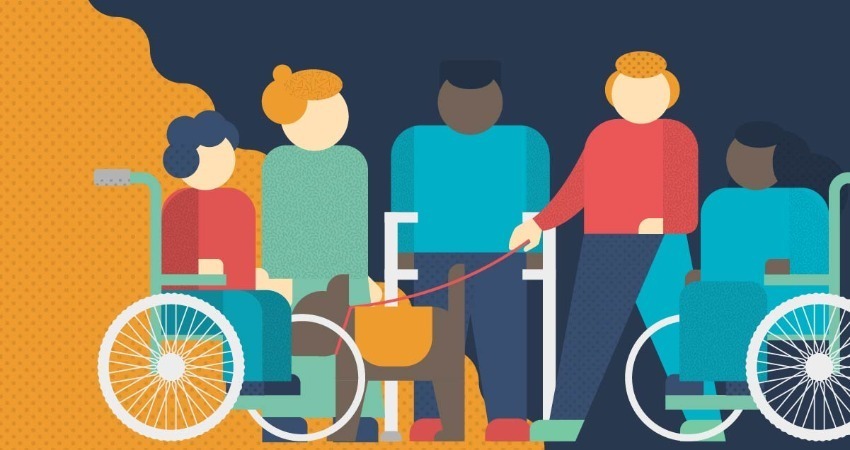Rights of persons with disabilities: new UN report on digital and assistive technologies, countering cyberbullying, and digital inclusion

The Office of the United Nations High Commissioner for Human Rights (OHCHR) in January 2025 issued the report A/HRC/58/33 that contains an examination of the rights of persons with disabilities and digital technologies and devices, including assistive technologies.
The report was presented during the HRC 58th session, Annual interactive debate on the rights of persons with disabilities on March 10, 2025.
The report deals with digital technologies and assistive technologies as key elements of care and support for persons with disabilities, which were discussed in the report of the Office of the United Nations High Commissioner for Human Rights (OHCHR) on good practices for community inclusion. It concludes with recommendations for government intervention to ensure the rights of people with disabilities are upheld.
Digital technology represents electronic devices and computer programs, which include mobile phones, computers and websites. Assistive technology, on the other side, refers to gadgets and equipment that can include wheelchairs, hearing aids and white canes for blind people. It can help people to move around, talk with other people, learn and get jobs.
E-governance programs are online programs that governments use to provide services and share information with the public. These programs enhance citizen safety through emergency alerts, facilitate online voting and surveys, and educate on their rights.
E-governance programs can also let people book appointments or find out information about their health online, making it quicker and easier for people to get information, support and services. Ultimately, these programs empower citizens, especially those with disabilities, by increasing efficiency and accessibility.
Access to assistive technology is often limited for people with disabilities due to high costs, technological gaps, and insufficient information about available options and their functionality. Furthermore, children and women with disabilities face additional challenges in finding suitable assistive technology.
Lots of people with disabilities require daily support, but public services are often inadequate, which significantly increases the unpaid care that their support persons are supposed to do. This affects women disproportionately, who constitute the majority of unpaid caregivers hindering their employment opportunities.
That’s why both digital as well as assistive technology represent essential tools in the life of people with disabilities and their support persons making care and support services faster and better. This can save time and money for all the people involved and make the quality of their life better.
The Convention on the Rights of Persons with Disabilities is an important document that protects the rights of people with disabilities, which states that governments should take the responsibility of assuring that technology is accessible for people with disabilities and work with them to write laws and rules and check whether their e-governance programs follow these laws.

